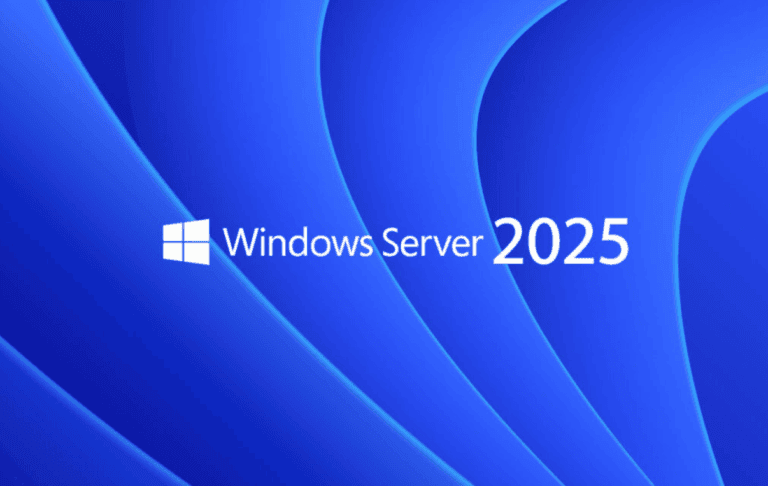Hotpatching is a new feature for Windows Server 2025. Patching without reboots means that administrators can opt for security more quickly. However, Microsoft will be putting this behind a paywall from July, initially at a rate of $1.50 per core per month. Those who are on Azure and not on-premise will not have to pay.
Hotpatching is already a widely used technique that is available for the Linux kernel, VMware products, and the Xen hypervisor, as The Register notes. For system administrators, this is ideal because updates can be implemented without downtime. In fact, you could call it the logical next step for patching. Microsoft agrees, but only with a price tag.
Previously available in Azure
Microsoft already offers hot patching for Windows Server: Azure Edition and version 2022 running in the Azure cloud. In August 2024, the company introduced a preview of this functionality for Windows Server 2025 in Azure. A month later, a preview followed for Windows Server 2025 deployments managed through the Arc hybrid and multicloud management system.
That latest preview brought hot patching to Windows Server 2025 Standard and Datacenter Edition, making it possible to use hot patching on-premises for the first time. Microsoft itself calls it a “game changer.”
This feature is an important innovation that sets Windows Server 2025 apart from previous versions. As we reported earlier, Microsoft saw this capability as one of the most important innovations in this server version.
Subscription model and patching cycle
Eight hot patches are expected per year. Microsoft explains that sometimes a restart will be necessary for security reasons. From July 1, preview users of hot patching will be automatically transferred to the paid version. Anyone who does not want this must indicate this before June 30.
The problem is that Microsoft is pulling the same trick it did with logs. Paying for detailed logs has been an issue that has raised eyebrows among some security experts for quite some time. After all, Microsoft is making the service less secure for users who already pay, but not for such extras. Hotpatching was introduced as one of the most essential additions to Windows Server 2025, but now appears to be yet another upsell feature that keeps the average security level lower than it should ideally be.
Read also: Windows Server 2025 updates cause problems
